
There’s no industry that’s growing in popularity and at an incredible pace the same way IT is anywhere in the world. This has resulted in an influx of IT professional roles opening up. If you’ve been having some trouble writing your resume to land one of these openings, we’ve got you covered. GRIT has broken down what you should and should not include in an IT manager’s resume!
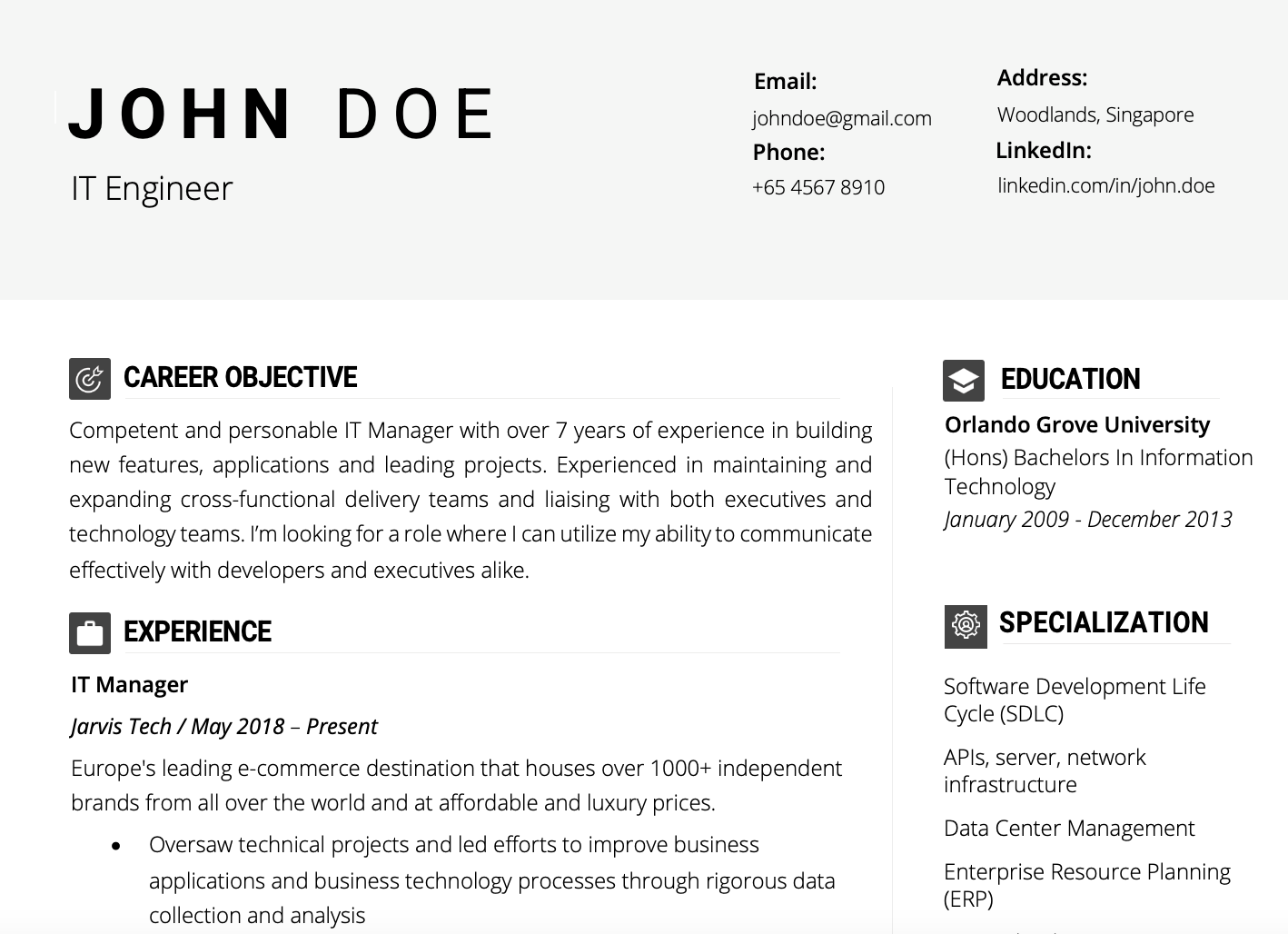
Keep all of the information on one page for a well-received resume. If your career spans further than a decade, you can get away with a two-page resume. Keep in mind that resumes should be concise and targeted. This is the flow of a resume you should follow:
As for formatting, these are the basics you need to know:
When writing your summary, include a brief introduction into your professional background, qualifications, and motivation for advancing your career in this field. Give an example of why you enjoy what you do, or why you wish to improve and expand your talents.
Example: Competent and personable IT Manager with over 7 years of experience in building new features, applications and leading projects. Experienced in maintaining and expanding cross-functional delivery teams and liaising with both executives and technology teams. I’m looking for a role where I can utilise my ability to communicate effectively with developers and executives alike.
When drafting your work experience portion of your resume, keep two things in mind: bullet points and specific experience.
#1 Bullet Points
#2 Specific Experience
1) The Job Description: Ensure that the user requirements, criteria and scope are clearly defined for new projects. Projects are to be managed using Agile Working Model (AWM).
2) Your Experience: Updated user requirements, criteria and scope for every new project using Agile Working Model (AWM) to simplify and manage each project.
Even without any work experiences, you can still craft a great resume as someone starting their career journey, after all everyone has to start from somewhere. Here’s what you can include instead of full-time work experiences.
Action words in resumes are adjectives that are used to describe achievements and experiences. It’s a terrific method to get the attention of the hiring manager and highlight your accomplishments. Words like these are great action words to consider when writing your resume:
Since a resume is short and to the point, here’s what to include and what to leave out.
In a separate piece of paper you’ll want to include the following to boost your chances at being selected for an interview. If you have a website with the following showcased, feel free to include your site under the contact information section of your resume.
If you’ve been meaning to up your value as an IT manager, there are a handful of certificates you should look into regardless if you’re starting out or a veteran looking to sharpen your skills. Many are offered solely online with great time flexibility to work with your schedule and learning pace.
Here are some certificates worth considering:
Awards are a great reminder of the achievements you’ve accomplished for your company or with your industry.
A cover letter is a terrific complement to any resume because it allows you to go into greater detail about why you’re the best fit for the job. Instead of sending out generic resumes to each potential employer with an open position, a cover letter demonstrates your want to work for the company you’re applying to. The structure of your cover letter matters as much as the content itself.
Make sure the font size and spacing are easily readable. When describing your successes and experiences, utilise action words to emphasise your relevant talents to the position you’re wanting to be recruited for.
Need a few more details? Check out our in depth guides on writing a resume, CV and cover letter. All guides are suitable for any profession with tips for careers across the board.

As a data scientist you’re used to solving complex problems, and writing a resume just happens to be the code you just can’t crack. Luckily for you, we’ve cracked the code, so you don’t need to! Writing the very best data scientist resume is possible with our guide. We cover what to include to help you stand out, and even additional skills to consider learning to become a more sought-after talent.
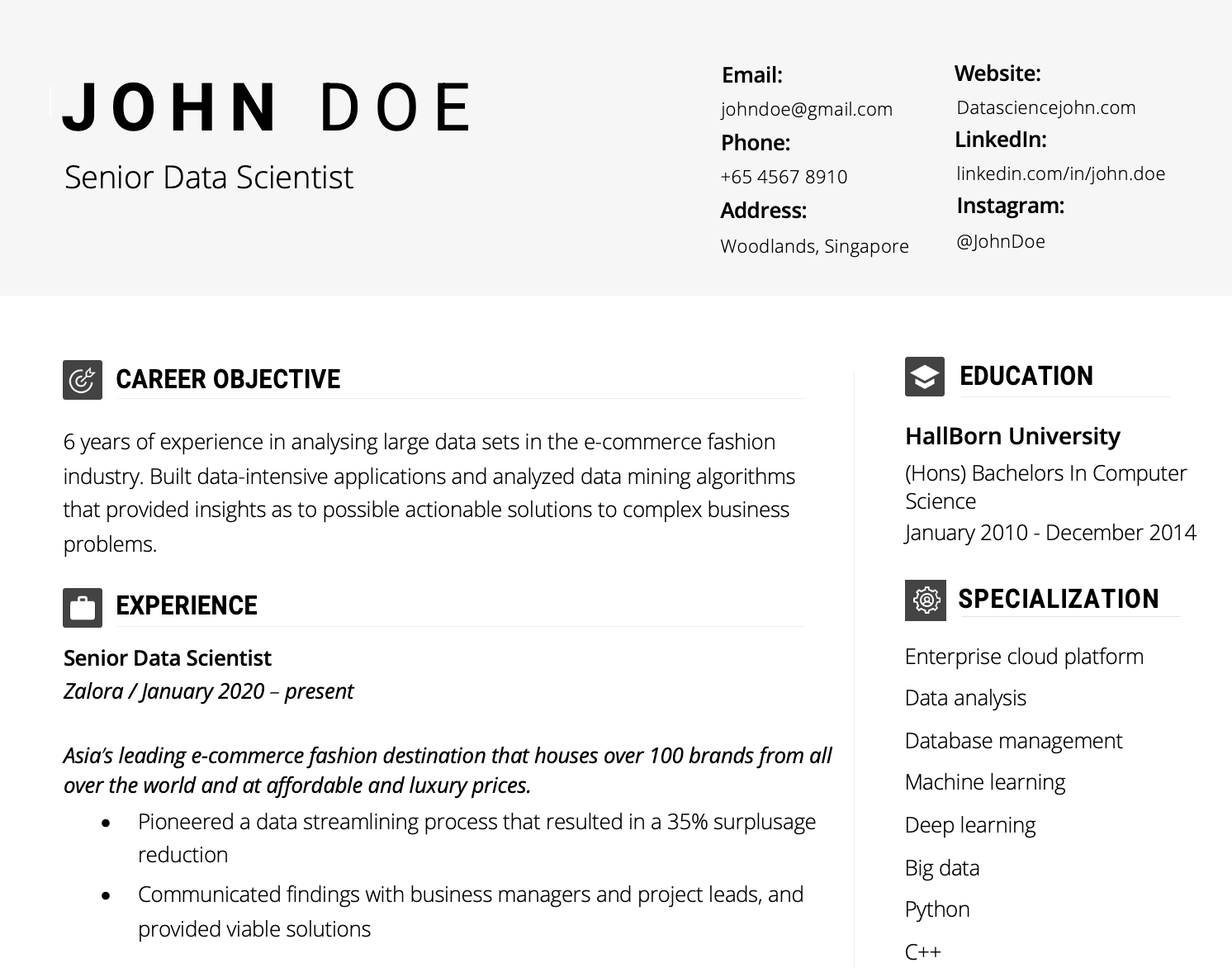
Keep all of the information on one page for a well-received resume. If your career spans further than a decade, you can get away with a two-page resume. Keep in mind that resumes should be concise and targeted.
This is the flow of a resume you should follow:
As for formatting, these are the basics you need to know:
You might be wondering, what’s the point of a summary when a resume is already so short. A summary provides an opportunity to slightly elaborate on your professional background, qualifications and drive behind growing your career in this specific industry. Provide a glimpse into why you love what you do, or why you want to grow and develop skills further.
Example: 6 years of experience in analysing large data sets in the e-commerce fashion industry. Built data-intensive applications and analysed data mining algorithms that provided insights as to possible actionable solutions to complex business problems.
When drafting your work experience portion of your resume, keep two things in mind: Bullet points and specific experience.
1) The Job Description: Formulates and defines systems scope and objectives for complex projects through research and fact-finding combined with an understanding of applicable business systems and industry standards.
2) Your Experience: Strategised systems scope and objectives for three complex projects through research and fact-finding combined with an understanding of applicable business systems and industry standards.
Action words in resumes are adjectives that are used to describe achievements and experiences. It’s a terrific method to get the attention of the hiring manager and highlight your accomplishments.
Words like these are great action words to consider when writing your resume:
Since a resume is short and to the point, here’s what to include and what to leave out.
If you’ve been meaning to up your value as a web developer, there are a handful of certificates you should look into regardless if you’re starting out or a veteran looking to sharpen your skills. Many are offered solely online with great time flexibility to work with your schedule and learning pace.
Here are some certificates worth considering:
Awards are a great reminder of the achievements you’ve accomplished for your company or with your industry.
A cover letter is a terrific complement to any resume because it allows you to go into greater detail about why you’re the best fit for the job. Instead of sending out generic resumes to each potential employer with an open position, a cover letter demonstrates your want to work for the company you’re applying to. The structure of your cover letter matters as much as the content itself.
Make sure the font size and spacing are as easily readable as they are appealing to the eye. When describing your successes and experiences, utilise action words to emphasise your relevant talents to the position you’re wanting to be recruited for. Applying for a different position in the computer science field? Check out the links below:
Need a few more details? Check out our other in-depth guides on writing a resume, CV, and cover letter. All guides are suitable for any profession with tips for careers across the board.

Thank you emails are so important. They’re a chance to follow up with the person who met with you and express your gratitude. It’s also an opportunity to leave a positive impression on them before they make any decisions about your candidacy, which is why it’s critical that they be well-written and thoughtful. In this blog post, we will teach you how to write a thank you email after an interview in 3 easy steps: (1) Introduction, (2) body of thank you email, and (3) closing sentence.
In addition to teaching you how to write a thank you email after an interview, we’ve also included several samples from our own archives for your easier reference.
In this step, you will introduce the reader to your email. To avoid sounding too stiff or formal, it is a good idea to include an anecdote that relates back to the interview and highlights something specific about the company’s culture. For example, “I am writing because I wanted to say thank you for taking time out of your busy day yesterday so we could speak one-on-one.”
Another option is including a compliment here such as, “Thank you again for meeting with me last week.” This helps differentiate yourself from other candidates who have not yet followed up after their interviews and shows how much thought went into composing this note beyond just thanking them. If someone interviewed you multiple times before they gave feedback on your candidacy, this is the perfect place to include a follow up on that.
In this step you will share what thank you email typically covers in its body. Generally, these are three points: how much it means to hear back from them (or be offered an interview), why they stand out as a company or employer for you, and finally some specific feedback or request related with something about the process itself – either their questions during the interview or any other details which stood out positively/negatively about meeting with them specifically.
For example, “Thank you so much for taking time off work last week to meet me one-on-one at your office.” Or “I am sorry to hear about the illness that has been going around and I hope you recover soon.”
“I was impressed by your deep understanding of sustainability initiatives during our interview. I am looking for a company where environmental awareness is integrated into all aspects, not just one or two departments which takes it on as an afterthought.”
Or “Thank you again for meeting with me last week. Even though we did not find a fit in terms of roles here at your company, please feel free to reach out if there are any specific positions open anywhere else that might be more suited for my skillset.”
A good way to close this section is asking them once more what they thought about the process overall – whether they enjoyed their time interviewing with you, or if they would be open to meeting for coffee in the future, etc.

Finally, don’t forget a closing sentence. This is where you can provide your contact information one last time and reiterate how grateful you are for taking time out of their day to meet with you. For example, “Thank you again so much for sharing some thoughts on my candidacy with me.” Or “If I have not already done so, please feel free to reach back out anytime as I am always looking for new opportunities elsewhere.”
“I appreciate that we had the opportunity to chat about myself and what skillsets might best fit into your company’s culture.” If there was something specific discussed during our interview which could lead to a potential opportunity, this is the place to say “I am attaching my resume and cover letter which you indicated might be helpful.”
“Thank you again for your time. I look forward to hearing back from you soon.”
Here are a couple of examples of thank you letters you can use to create the perfect one for yourself.
I am writing to thank you for taking time out of your busy day last week to meet with me one-on-one. I really enjoyed our conversation and appreciated the opportunity.
It was great hearing about all the different options within this company and it’s clear that a lot goes into making sure we are delivering quality work, even in areas which might not be directly related to design or development.
As part of my research before coming on over, I read up on some things like ‘Lean UX’ and reading through a few articles helped solidify how passionate everyone here is about what they do – from clients down through each department. It also reinforced why this would have been such an amazing place for me to work. What was really outstanding to me though, is how you talked about the future of this company and what your aspirations are. It’s not just a job for you but an opportunity to make a difference on so many levels – both within the world at large and in terms of sustainability initiatives which will impact people well beyond our current workforce.
I am sorry that we did not find enough common ground during our conversation. I wish you all success with finding someone who can take things forward from here as it seems like there would be no better place than where they end up going next.
If nothing else, please feel free to reach out if any positions open up anywhere else that might more suit my skillset or interests.
It was such a pleasure meeting you and I really appreciate your time as we discussed what it means to be on the ground floor of an exciting new company. You’re clearly doing something right in terms of hiring, because even during our short conversation everyone I met seemed wildly passionate about their work.
I wanted to reach back out with some feedback after having had more time for my thoughts to settle.
If nothing else, please feel free to reach out if any positions open up anywhere else that might more suit my skillset or interests.
Thank you so much for taking the time to meet with me today. I appreciate your honesty and look forward to hearing from you soon.
I am a recent graduate of [Graduate School] where my major was in Business Administration, and while there are many different areas that could be interesting moving into, it is clear that this company would be an amazing place to work in.
[Department Name] sounds like it’s going through some exciting changes; I’m sorry we didn’t find enough common ground during our conversation. Thank you again for considering me.
If nothing else please feel free to reach out to me if any positions open up anywhere else that might better suit my skill set or interests.
It’s always nice to follow up with an employer after a job interview, and while it may seem like too much work or not worth the time investment for a rejection, there are plenty of reasons why you should share your appreciation at their consideration.
The key to the perfect thank you email after an interview is being thoughtful in your crafting. A few things to keep in mind when writing a thank you email after an interview:
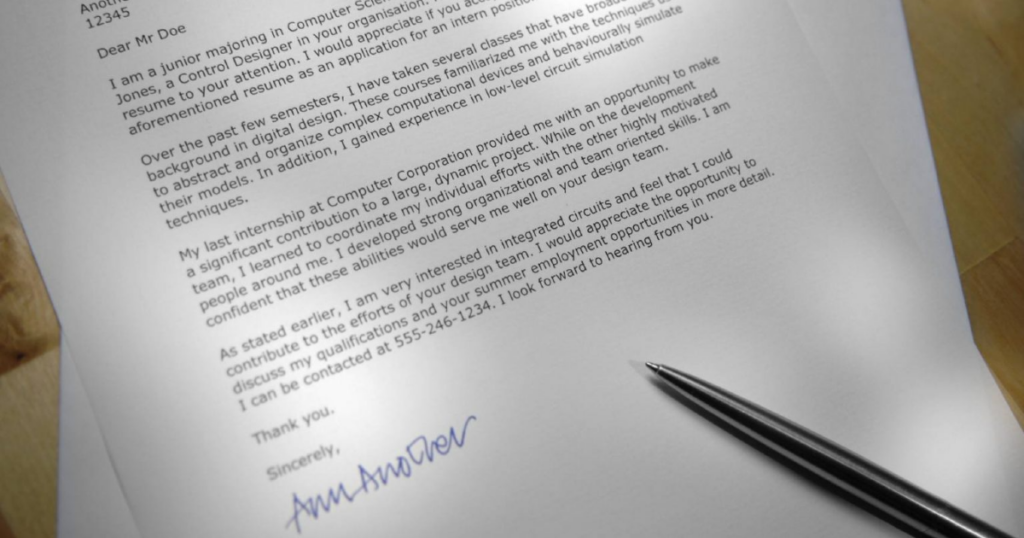
Free, professionally-designed cover letter templates for you to customise and use at will. Each cover letter template is designed to make a lasting impression with the recruiters and hiring managers. Elaborate your story on a beautifully designed cover letter. Stand out from the crowd, get noticed, and get hired with our free cover letter templates.

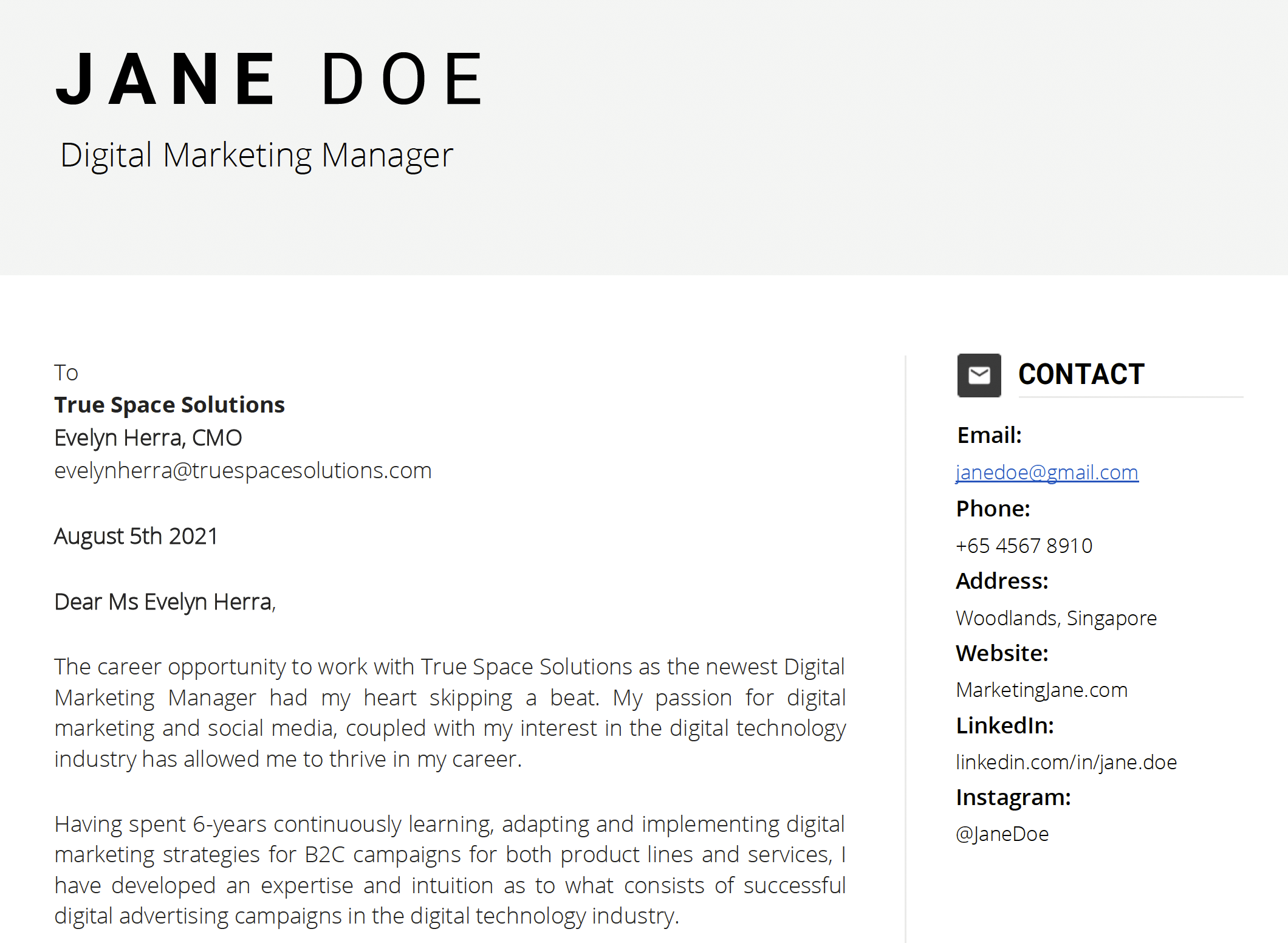

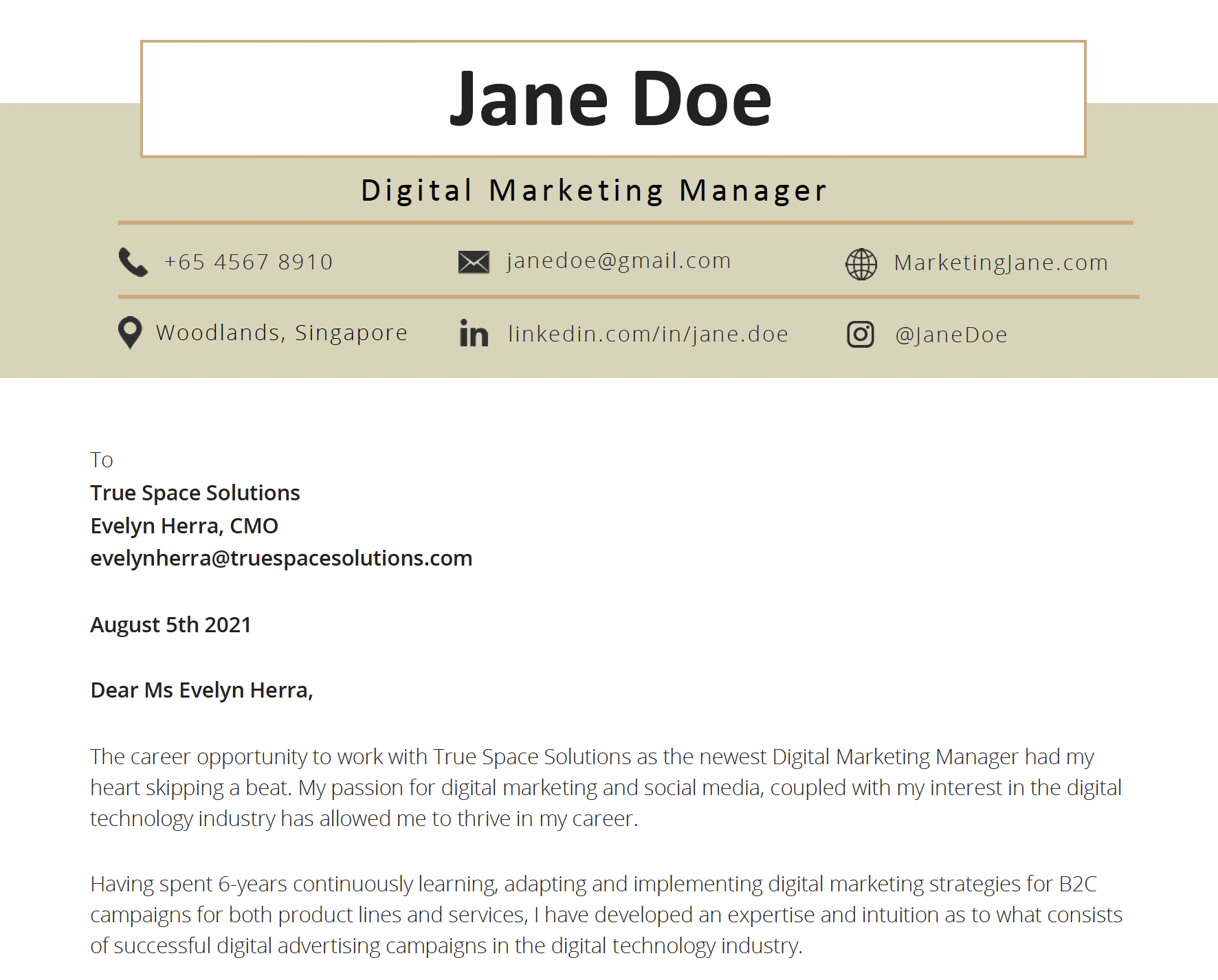
A cover letter is an ideal companion to your resume or CV. It’s a one-page letter with a compelling story of your career, discussing only your highest achievements. Put your best foot forward with a cover letter that sparks the interest of potential employers.
You’ll want to write a new tailored cover letter for every job you apply for, highlighting not only your interest but why you are the ideal candidate for the role and the company. Note that a cover letter should never repeat what’s listed on your resume or CV, but instead expand on them and other areas of your career that have contributed to your accomplishments.
A cover letter is essentially a well-formatted formal one-page essay written with the intention to wow the reader and have them curious about how you can help their organization with the experiences you possess.
A cover letter is personal, and so make sure to use this as a guide. Include as many or as few paragraphs within the perimeters of one page with clean margins and spaces. But sticking to this outline will ensure a well-received cover letter.
Resumes and CVs are a completely different ball game compared to a cover letter. You may interchange or use a few of the same tips and tricks between a resume and CV, but a cover letter requires a set of different tips.
Yes, good grammar and spelling are essential when writing a cover letter. This means unlike with a resume or a CV, you’ll want to include the “I” where applicable to you speaking about yourself.
Make sure sentences flow, and the two best ways to ensure that are to read the cover letter out loud or ask someone to read and edit accordingly. Your sentences should not be very long or sound too formal and stiff. There should be a hint of personality, especially at the very beginning.
One similarity across the board between resumes, CVs and cover letters are tips and tricks to using action words. These powerhouse words can make the biggest difference when used right with thought behind them.
Action words are adjectives, used to describe. In terms of cover letters these words create an impact and pull readers into the subject at hand. Now, this doesn’t mean you should pull up a thesaurus and use the most spectacular sounding words. Sometimes using simple action words can have just as much of an effect as a bombastic action word.
For example, a simple action word would be helped, and the more enthusiastic action word would be strengthened. Both are great, and depending on the sentence one or the other can be used just the same without worrying about sounding too simple or too over the top.
An outline is always helpful when writing a cover letter, making sure you have a clear coherent message. List out the accomplishments and points you’d like to expand upon in a flow that makes sense.
Have several outlines ready for the different cover letters you’ll write for the different open roles you want to apply for. You’ll save time down the road by doing this.
Don’t include anything about your previous salary or what your salary expectations are for this role. This is a verbal discussion that should only be had during an interview.
Reserve all questions and inquiries in a separate email from that of your application or ask them at the end of the interview.
As mentioned before, avoid repeating points and sentences from your resume or CV. Instead, you should reference the points you want to highlight from your resume and CV in a natural way in your cover letter.
Images are unnecessary for almost every job out there unless you’re an actor, singer or model. In that case, a cover letter won’t do you any good. Understanding what is required and the role of a cover letter will help you plan exactly what and how to make an impression on a potential employer. Just remember to stick to a simple one-page format and never repeat points from a resume or CV, instead learn to expand on the important points mentioned in your resume or CV.

As an information security analyst, you know exactly how to protect businesses from online threats, but how good are you at writing an outstanding resume? You’re in luck, our guide is designed to help you write (possibly) the best Information Security Analyst resume that you can!
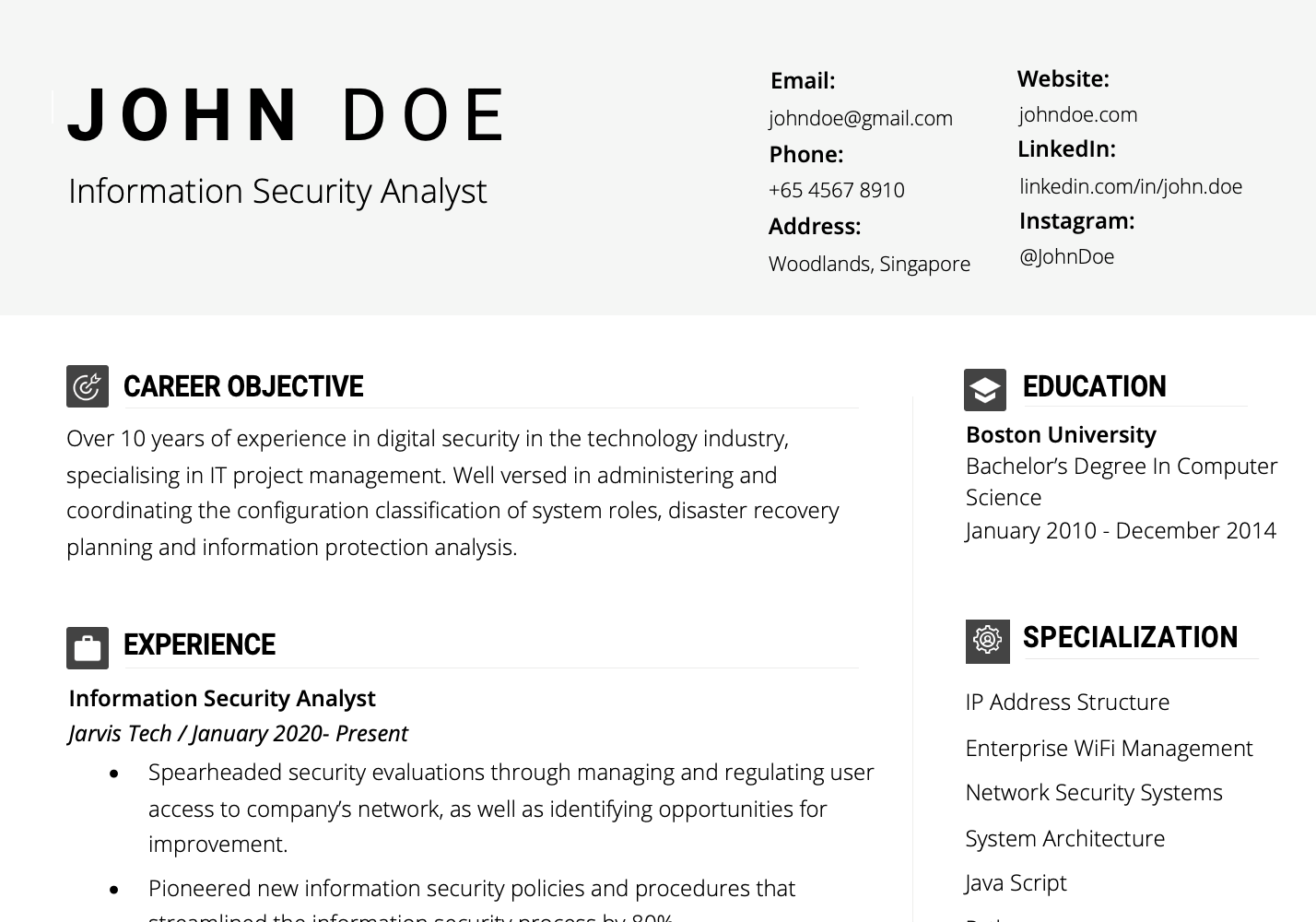
Keep all of the information on one page for a well-received resume. If your career spans further than a decade, you can get away with a two-page resume. Keep in mind that resumes should be concise and targeted.
This is the follow of a resume you should follow:
As for formatting, these are the basics you need to know:
An overview of your professional background, qualifications and drive behind growing your career in this specific industry. Provide a glimpse into why you love what you do, or why you want to grow and develop skills further.
Example: Over 10 years of experience in digital security in the technology industry, specialising in IT project management. Well-versed in administering and coordinating the configuration classification of system roles, disaster recovery planning and information protection analysis.
When drafting your work experience portion of your resume, keep two things in mind: bullet points and specific experience.
#1 Bullet Points
#2 Specific Experience
1) The Job Description: Analyse Indicators of Compromise found in Mediacorp networks with security teams to assess the likelihood of targeted attacks.
2) Your Experience: Successfully spearheaded a team of 15 in Analyse Indicators of Compromise found in Mediacorp networks having assessed 70% of possible targeted attacks.
Pro tip: Exhibit your experience in a reverse-chronological order. It’s one of the most popular and widely used methods for listing your professional experience. It’s much easier for hiring managers to see your most up-to-date work.
Even without any work experiences you can still craft a great resume as someone starting their career journey, after all everyone has to start from somewhere. Here’s what you can include instead of full-time work experiences.
Action words in resumes are adjectives that are used to describe achievements and experiences. It’s a terrific method to get the attention of the hiring manager and highlight your accomplishments.
Words like these are great action words to consider when writing your resume:
Since a resume is short and to the point, here’s what to include and what to leave out.
In a separate piece of paper you’ll want to include the following to boost your chances at being selected for an interview. If you have a website with the following showcased, feel free to include your site under the contact information section of your resume.
If you’ve been meaning to increase your value as an information security analyst, there are a handful of certificates you should look into regardless if you’re starting out or a veteran looking to sharpen your skills. Many are offered solely online with great time flexibility to work with your schedule and learning pace. Here are some certificates worth considering:
Awards are a great reminder of the achievements you’ve accomplished for your company or with your industry.
A cover letter is a terrific complement to any resume because it allows you to go into greater detail about why you’re the best fit for the job. Instead of sending out generic resumes to each potential employer with an open position, a cover letter demonstrates your want to work for the company you’re applying to. The structure of your cover letter matters as much as the content itself.
Make sure the font size and spacing are as easily readable as they are appealing to the eye. When describing your successes and experiences, utilise action words to emphasise your relevant talents to the position you’re wanting to be recruited for.
Need a few more details? Check out our in-depth guides on writing a resume, CV and cover letter. All guides are suitable for any profession with tips for careers across the board.

Establishing a partnership with clients that blossoms into long-term business success, is what a head of partnerships do best. But when it comes to establishing themselves as a candidate for a head of partnership role, it doesn’t come easily to some. Our guide to resume writing for the head of partnership roles is easy to follow with tips on what to include and how to write it.
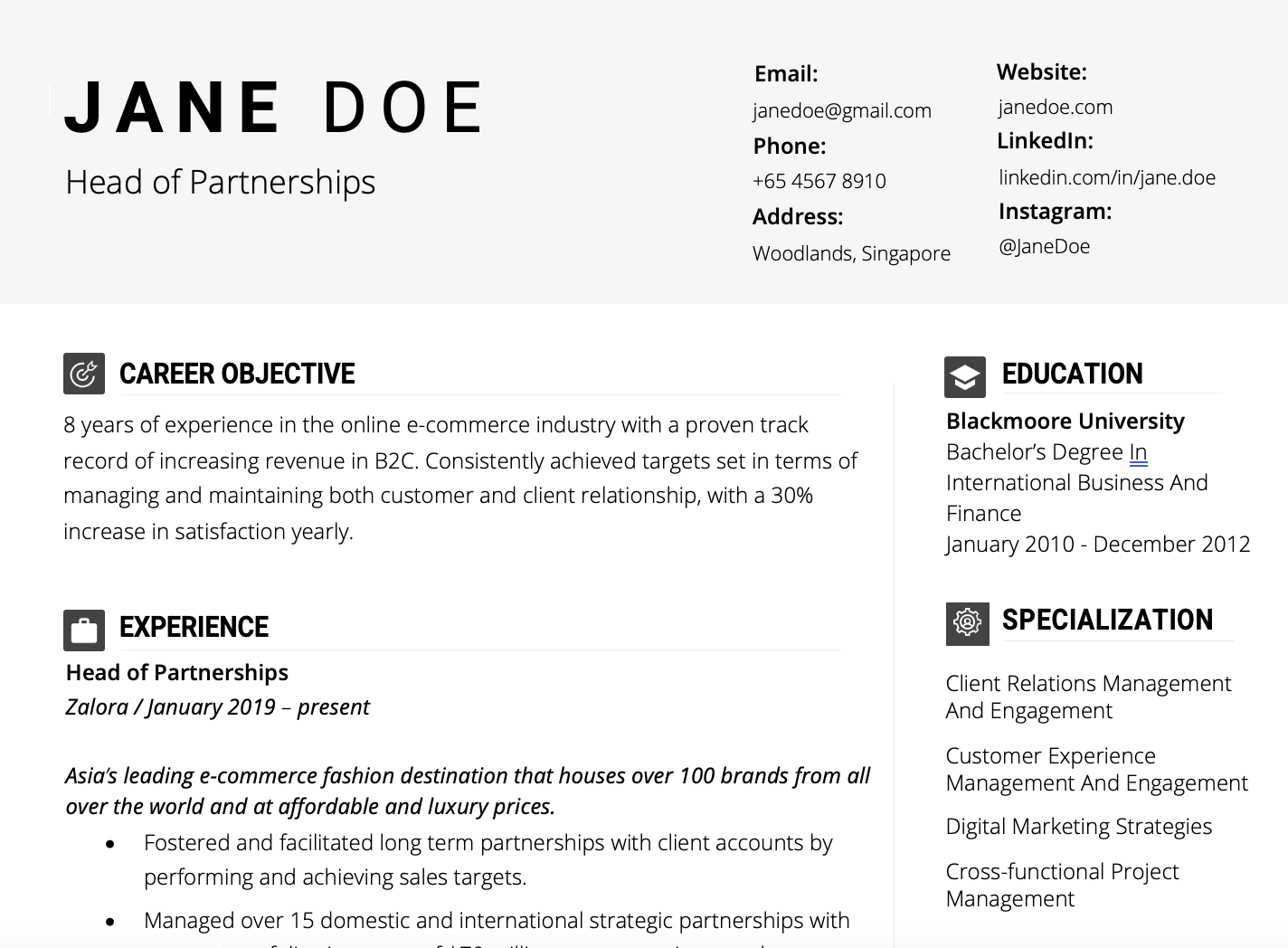
If you want your resume to be well-received by the hiring managers keep all of the information on one page. You can get away with a two-page resume if your career extends more than a decade. Remember that resumes should be focused and concise. This is the flow of a resume you should follow:
As for formatting, these are the basics you need to know:
An overview of your professional background, qualifications and drive behind growing your career in this specific industry. Provide a glimpse into why you love what you do, or why you want to grow and develop skills further.
Example: 8 years of experience in the online e-commerce industry with a proven track record of increasing revenue in B2C. Consistently achieved targets set in terms of managing and maintaining both customer and client relationship, with a 30% increase in satisfaction yearly.
When drafting your work experience portion of your resume, keep two things in mind: bullet points and specific experience.
#1 Bullet Points
#2 Specific Experience
1) The Job Description: Build and grow the partnership/channel ecosystem for the company SouthEast Asia.
2) Your Experience: Fostered several client partnerships into an ecosystem channel that resulted in efficient communication.
Even without any work experiences you can still craft a great resume as someone starting their career journey, after all everyone has to start from somewhere. Here’s what you can include instead of full-time work experiences.
Action words in resumes are adjectives that are used to describe achievements and experiences. It’s a terrific method to get the attention of the hiring manager and highlight your accomplishments. Words like these are great action words to consider when writing your resume:
Since a resume is short and to the point, here’s what to include and what to leave out.
In a separate piece of paper, you’ll want to include the following to boost your chances at being selected for an interview. If you have a website with the following showcased, feel free to include your site under the contact information section of your resume.
If you’ve been meaning to up your value as a web developer, there are a handful of certificates you should look into regardless if you’re starting out or a veteran looking to sharpen your skills. Many are offered solely online with great time flexibility to work with your schedule and learning pace. Awards are a great reminder of the achievements you’ve accomplished for your company or with your industry.
A cover letter is a terrific complement to any resume because it allows you to go into greater detail about why you’re the best fit for the job. Instead of sending out generic resumes to each potential employer with an open position, a cover letter demonstrates your want to work for the company you’re applying to. The structure of your cover letter matters as much as the content itself.
Make sure the font size and spacing are as easily readable as they are appealing to the eye. When describing your successes and experiences, utilise action words to emphasise your relevant talents to the position you’re wanting to be recruited for.
Need a few more details? Check out our in depth guides on writing a resume, CV and cover letter. All guides are suitable for any profession with tips for careers across the board.
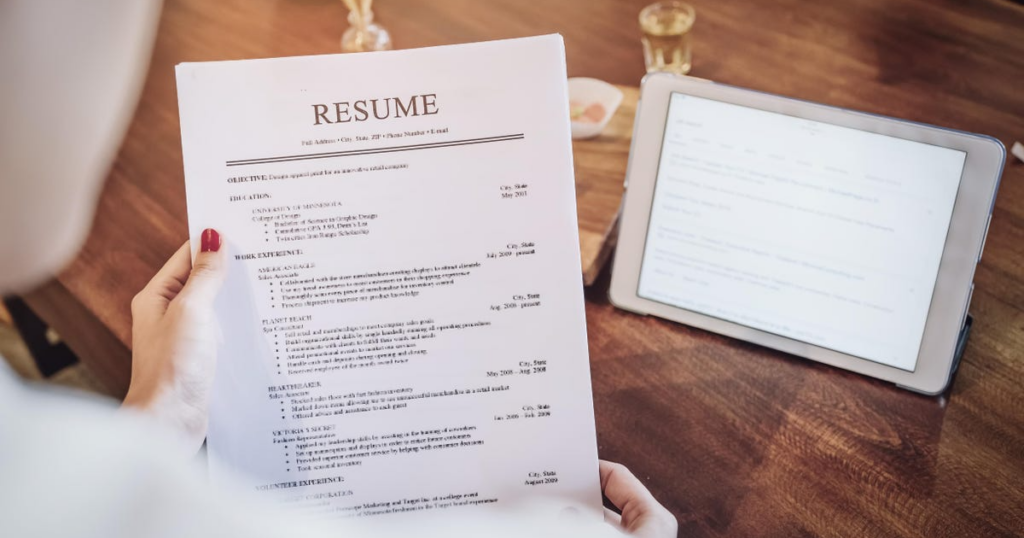
Free, professionally-designed resume templates for you to customise and use at will. Each resume template is designed to meet the standard of what an excellent resume should look like. Stand out from the crowd, get noticed, and get hired with our free resume templates.
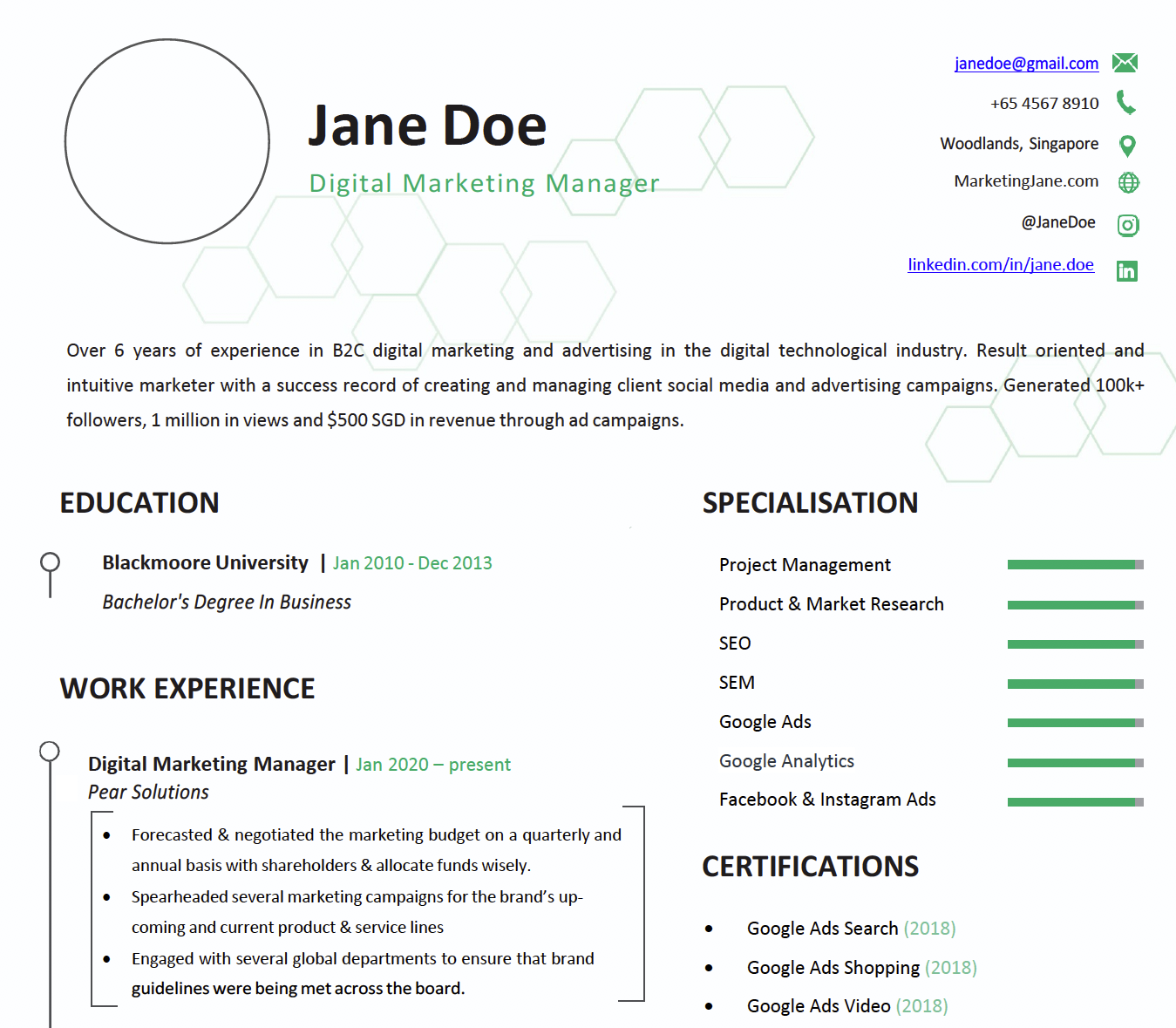
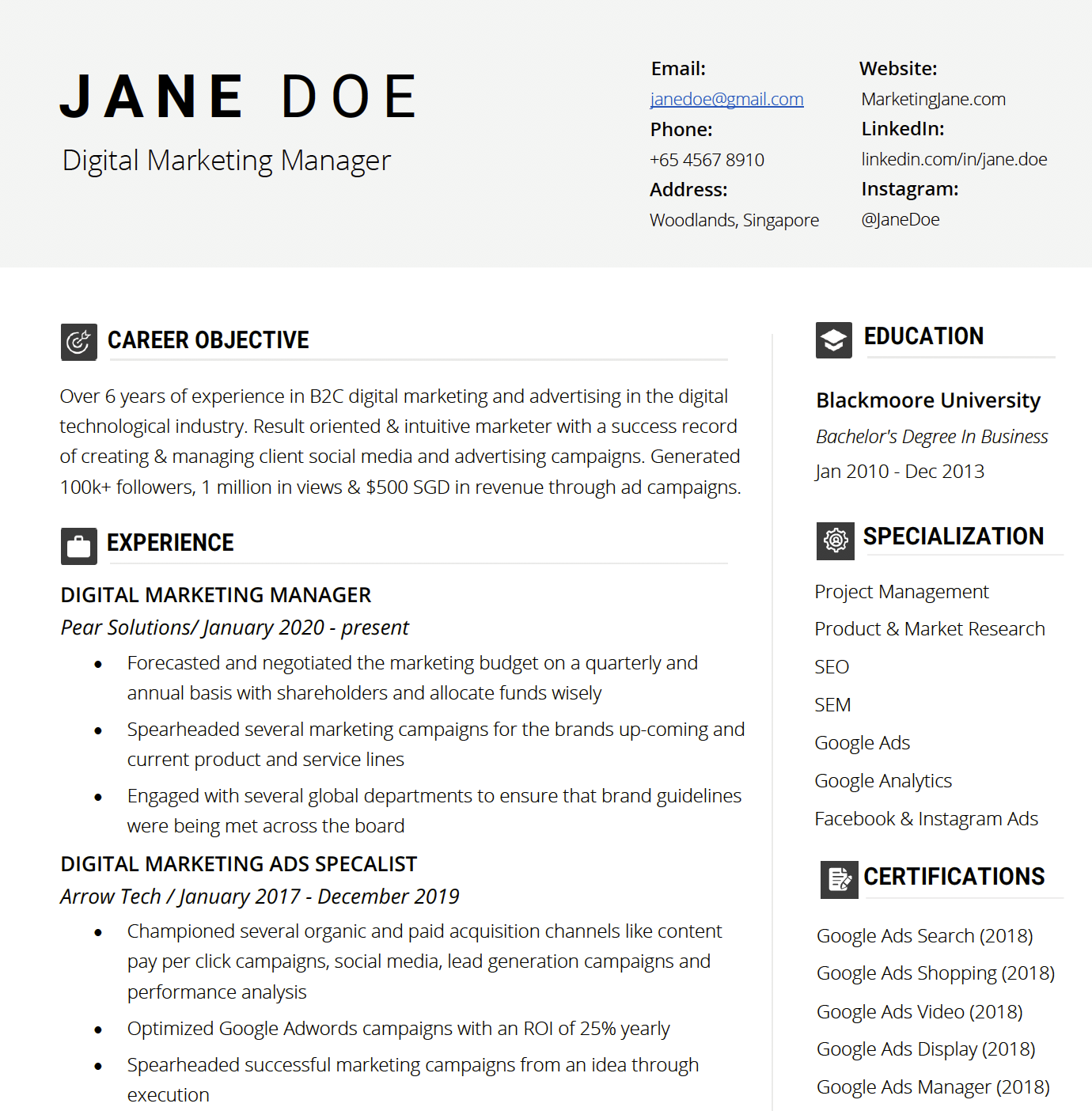
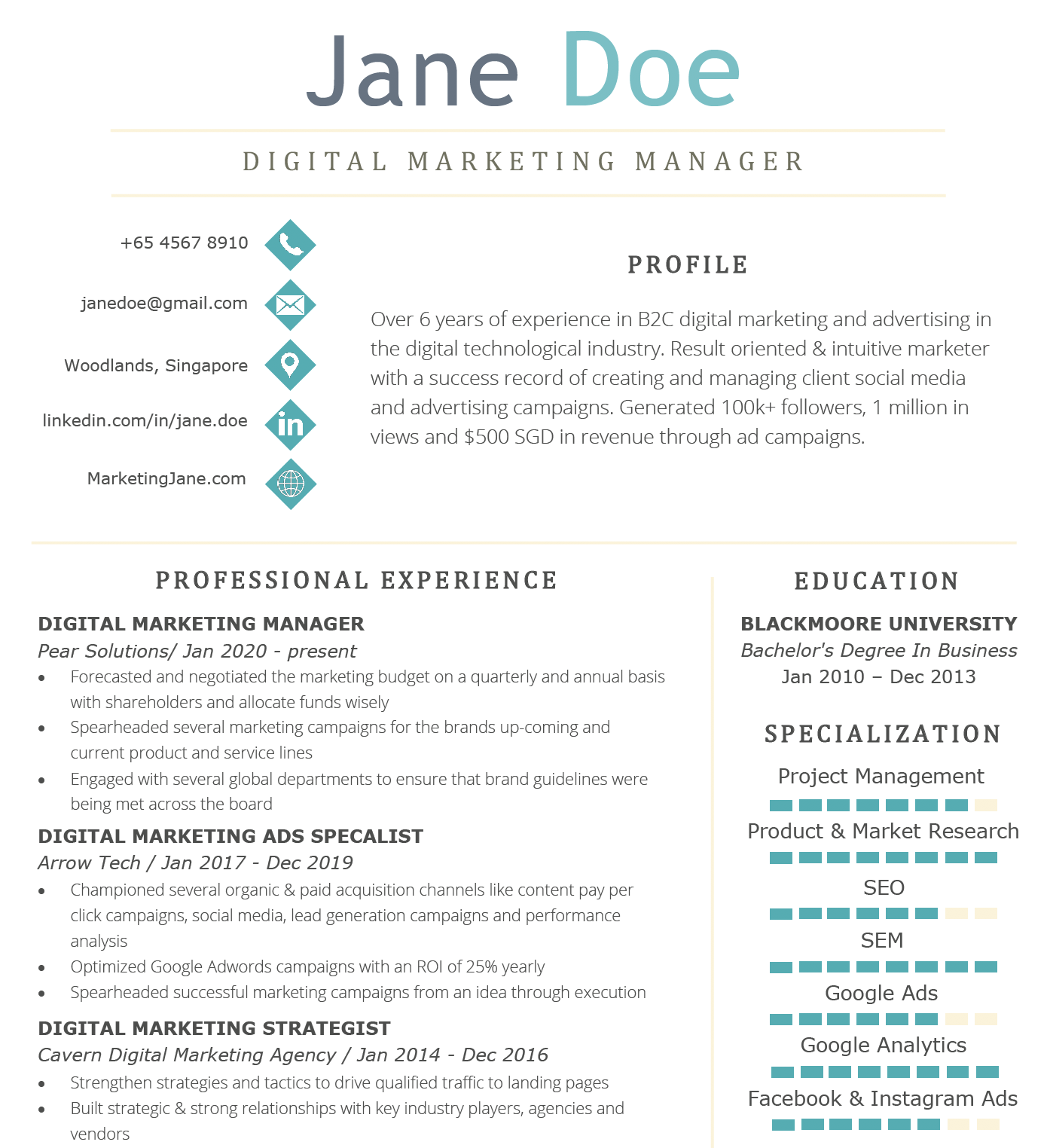
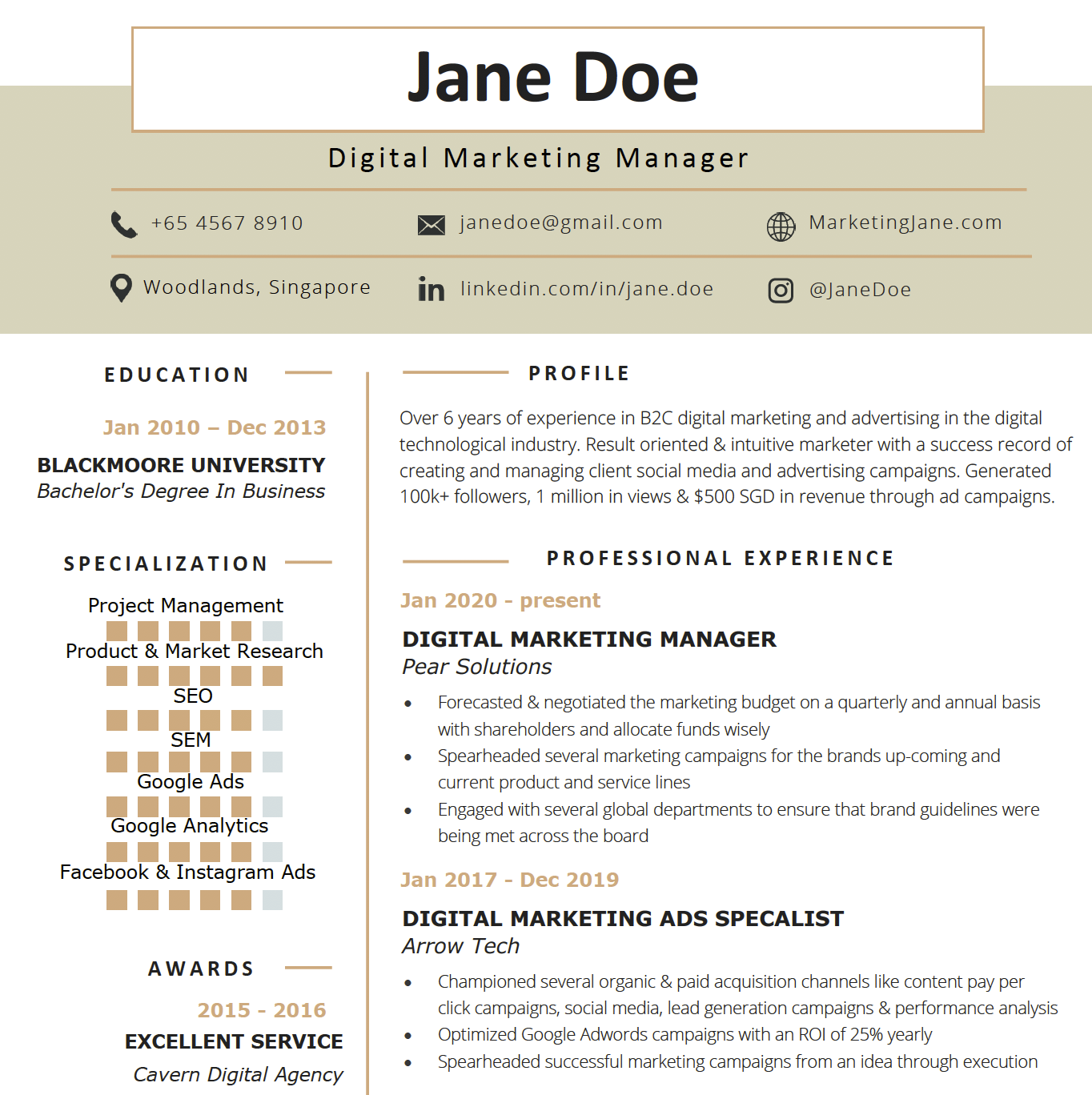
First impressions are everything, especially when it comes to applying for a job. A resume is that first introduction between you and a potential employer. It communicates your qualifications and helps you stand out from the sea of applicants when written right. It’s your first step across the threshold and to an initial interview.
Short and to-the-point, a resume is a summary of your work experience and skill. Don’t see it merely as an overview of your job history, but instead as a means to convince potential employers that they should interview you.
The key to a well-received resume is to keep all the information on one page. However, if your career spans longer than a decade you can opt for a two-page resume at most. Keep in mind that resumes are short and specific.
The order in which you lay out the specific information is also important when it comes to writing a resume. Start with the most important information first, experiences, skills and contact information, before including academic successes. By arranging information this way, it’s much more pleasing to read from a potential employer’s perspective. With all of this in mind, you might be wondering…
It’s tough to stand out from the crowd of applicants, and when you do you’ll want to make sure it’s for all the right reasons. So don’t miss a beat with this quick resume checklist in this order:
First and foremost, include your first and last name, phone number, and email address. Feel free to add your LinkedIn profile if yours is up to date, and even your social media profiles if it applies. Don’t forget your mailing address to prove you live near the place you’re applying if it’s a requirement.
An overview of your professional background, qualifications and drive behind growing your career in this specific industry. Provide a glimpse into why you love what you do, or why you want to grow and develop skills further.
Only list relevant work experience you have concerning the specific job. Include your title, the company you worked for, years worked, and two to three bulleted points list your key responsibilities and achievements.
The skills you possess and the skills you include in a resume are not always one and the same. Remember to list only the key skills the position requires, read the job description for guidance on this and search online for skills that are relevant to the position. Include a mix of hard and soft skills where necessary.
Include the names of schools that are most recent and relevant, highest diploma, degree or PHD earned, majors and minors. Your GPA should only be included in the job description mentions it, or if you want to include it.
Towards the end of your resume include certificates and awards you’ve earned during your career. They should highlight your list of skills and accomplishments.
Don’t include languages where stringing together a simple sentence shakes your confidence. Only include languages you can confidently speak, read and write at a work-appropriate proficiency level. Even then try to tailor the languages you include to the job description or where the company is based.
Now that you know what to include in a solid resume, here’s…
By this point you already have it memorised that resumes need to be short and to the point. A wall of text is the complete opposite of it and is still a mistake that one may easily make.
If you find yourself writing a wall of text, take a minute to extract the important information and simplify it into a sentence at an average reading level. Make sure to do this in two to three bullet points that highlight what the wall of text was trying to convey.
Reducing the font size might seem like the solution to freeing up space to include more information. But this could easily backfire. If the text is too small it can be easily deemed unreadable by both a potential employer and AI.
Emphase your most relevant abilities and utilising bullet points or brief phrases to keep the word count down and leave some white space on the page for a clean visual appeal. Use a clear, easy-to-read font in a reasonable size of either 11 or 12, and most importantly think about how your resume will look on the page.
You should avoid sounding repetitive, and the best way to do so is by removing the use of “I” in any sentence. You want to write your resume from another person’s perspective, even in your profile summary.
Keeping your resume short with all the achievements, skills and experience you’ve gained during your career might seem almost impossible to do especially if your career thus far has been a long one.
The best way to ensure your resume is only one to two pages long is to tailor it to the specific job you’re applying for. You’ll be able to narrow down attributes that are in line with the job description. This will ensure that you don’t go over two pages.
But what if you believe all your job experiences are valid points to be highlighted? Then you’ll only want to include two to three short points of your achievements with each company under experience.
It’s not always possible for a single resume to perfectly fit every job opportunity that comes your way. Some will require you to highlight different career achievements over others, and knowing when to showcase certain points and skills to different employers will work as an advantage.
Creating multiple variations of your resume for different specialisations within an industry will help potential employers to envision your attributes in the role that they are hiring for. By catering your resume to the specific job description you’ll also only be including experiences and skills that are relevant to the job, thus saving time as to what to include and space.
Resumes don’t only begin to all look the same to an employer after the first 10 resumes, but they all start to read the same too. Action verbs are a great way to draw attention and spark interest in your resume.
Action words are adjectives, and the easiest way to indicate the use of an action word is to imagine the word “I” in front of it. When you’re listing your bullet points make sure that the first word is an action word. Mix it up by looking up synonyms for action words that pack a punch. Examples would be using integrated instead of combined or using forecasted instead of estimated.
Resumes can be tedious to write especially when you need to have multiple variations. Over time and with practice writing a resume can easily become second nature.
You now have a solid understanding of what a resume is, what to include, what not to include, and tips on how to make your resume work for you instead of against you. Just remember to keep it short, simple and to the point and you’ll be a shoo-in for an interview.

Free, professionally-designed CV templates for you to use at will. Each CV template is designed to dazzle employers, and is ATS-friendly. Stand out from the crowd, get noticed, and get hired with our free CV templates.
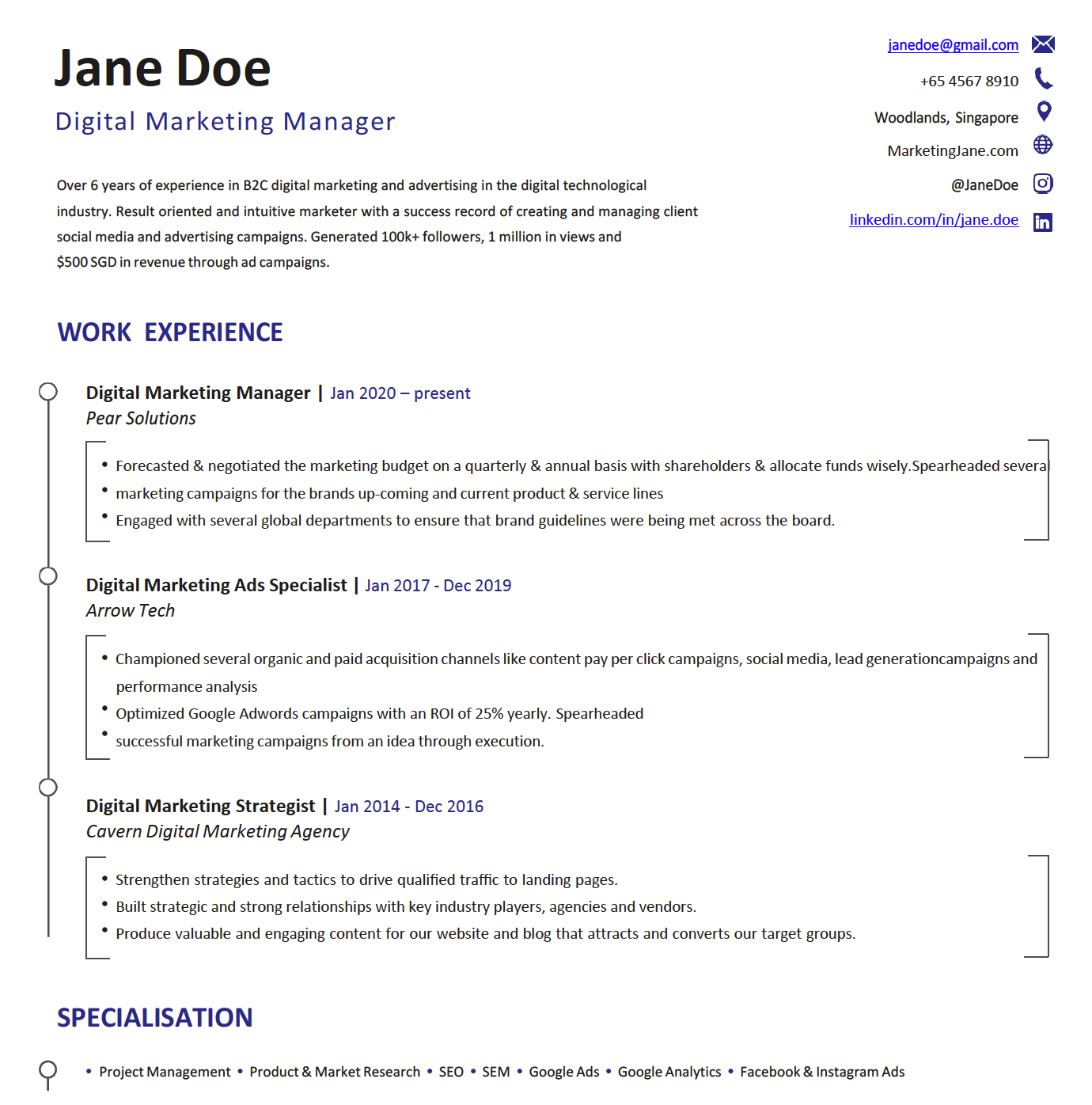
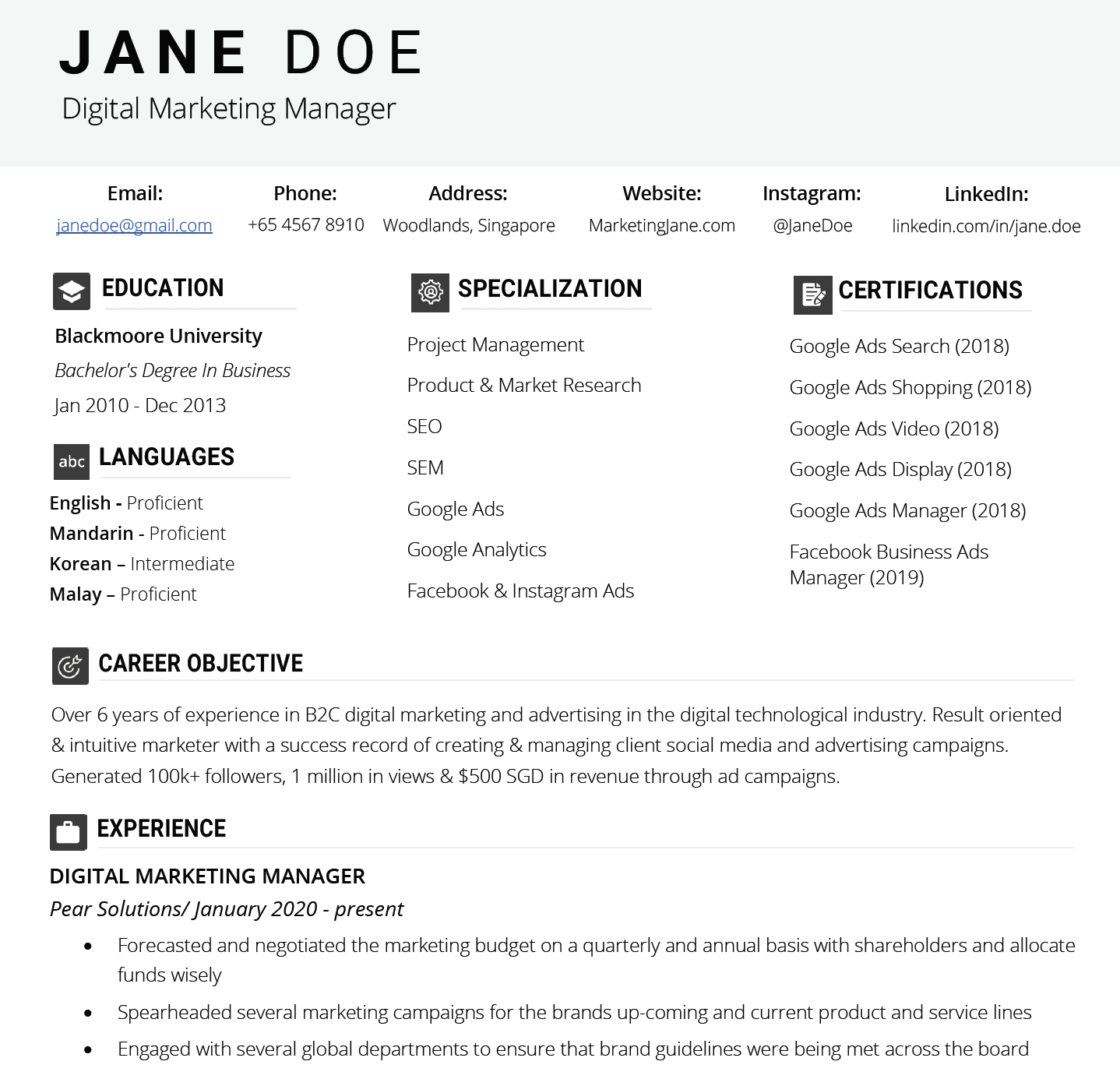


‘Curriculum Vitae’ is Latin for the course of life, but it is the abbreviation of the term that you’ll be familiar with, CV. It’s a comprehensive description of your career journey and professional accomplishments thus far.
Your CV is a potential golden ticket to an interview with your dream company. It is the first impression your potential employer has of you before meeting you. Making sure you’ve covered all the bases of what to include in your CV is as vital as spelling and grammar.
When writing a CV you’ll come to realise that it may stretch to being two to eight pages long depending on the years of experience you possess. However, this doesn’t mean you should go off on a tangent about your experience or education. You should instead provide a handful of single sentence bullet points.
A CV’s format is also important to consider, as the information layout flow should create interest and highlight your achievements. Your name and contact information should come first, then followed by a summary or objective of your career journey. Have your most recent experience listed next, and the order should be your most recent experience first, and work your way backwards.
Here’s a quick rundown of the order in which you should list information on your CV:
Include your first and last given birth name on your CV. *During the interview feel free to notify the interviewer of the name you’d like to be called.
List your phone number and the work email address you check most frequently. If it’s appropriate, include your mailing address to establish that you live close to the location where you’re applying.
Your summary should consist of your professional background, qualifications, and motivation for advancing your career in this field and job position. Indicate why you enjoy what you do and why you wish to develop and improve your talents.
This section of the CV should not be lengthy and stay within 50 to 200 words at most. When writing your summary remember that you’re telling a compelling story about your career and who you are as a professional.
List all relevant work experience, from your internship to your most recent position. Highlight your responsibilities and achievements in those positions in one-sentence bullet points. Each experience should have a minimum of 3 points and 6 points at most.
Provide the names of the most recent and relevant schools, and the highest diploma, degree, or PhD attained, as well as majors and minors. Include your final GPA for each educational certificate you’ve received.
List in bullet form the full names of published papers and books. Do this in the order of publication with dates. If you’re in an industry where you’ve published career-relevant papers or books, include them, if not just skip over that section.
The skills you list on your CV should be the skills you’ve developed throughout your work experience, reflecting the most important skills the role demands. Read the job description and conduct an online search for skills that are relevant to the role. Wherever possible, combine hard and soft talents.
Include certificates and awards as a highlight of the skills and accomplishments you’ve earned during your career from independent organisations and ones you’ve received from previous employers.
In your CV be sure to list all the languages you speak, read and write proficiently and with confidence. Avoid including a language you only understand but have no experience speaking or writing.
Remember to keep your CV as updated as possible even when you aren’t actively looking for a new role. Now that you have a better idea of what to include in your CV, let’s look at…
Your CV, just like the ones other applicants send in, will be a few pages long depending on the length of your career. This is why you must avoid sounding repetitive within your CV. Removing the use of “I” throughout your CV will allow for a better read through.
References are often requested later on in the interview process, thus are not necessary to be included in your CV. When asked, provide a handful of up-to-date references that you know will provide a glowing and honest review of your talents and achievements. These should be a mix of team members and management.
After reading the first 10 CVs in a row, it’s understandable that your potential employer might begin to question if they’ve been reading the same CV over and over again. The use of action verbs will create interest and provide a greater emphasis regarding your experiences and accomplishments.
Action words are adjectives, in the case of a CV, these are words that help you describe the impact you had on tasks, projects and organisations. Indicate the use of an action word by simply imagining the word “I” in front of it. When listing your bullet points make sure that the first word is an action word.
The great thing about a CV is that space is not an issue, this is because your CV can be anywhere between two to eight pages long. There’s no need to reduce the font size for any reason. You should use a clear, easy-to-read font style paired with a reasonable size of either 11 or 12. When formatting your CV, keep in mind to leave a good ratio of white space in order to avoid looking cluttered.
Emphasise and provide a more visual idea of your achievements with the use of symbols when listing your work experience. Here’s a breakdown of how to correctly and effectively include them in your CV:
Dollar amounts ($)
Percentages (%)
When you’re listing the following information, ensure that everything is as accurate as possible. Make sure to keep the statement simple, explain how the numbers were achieved in the same statement.
Writing your CV for the first time can be just as overwhelming as updating it the 5th time. Once you have your foundation of information ready to go, formatting and tweaking the language will be much easier. Make sure each statement is accurate and to the point, and your potential employer will thank you for it with an invitation to interview.